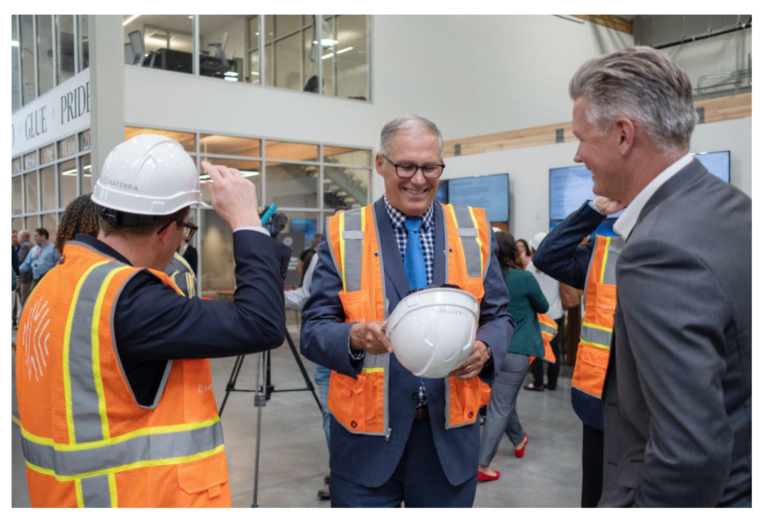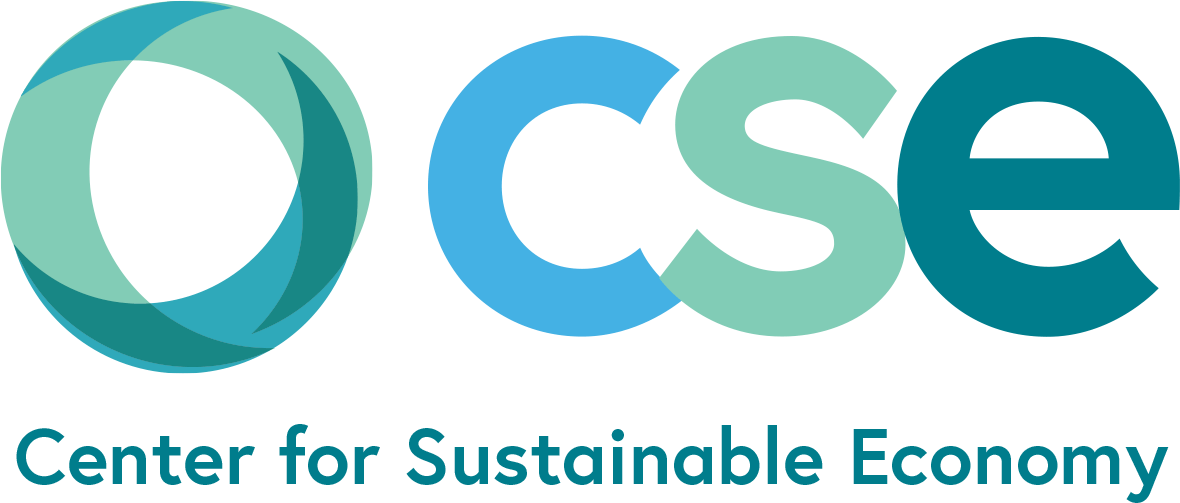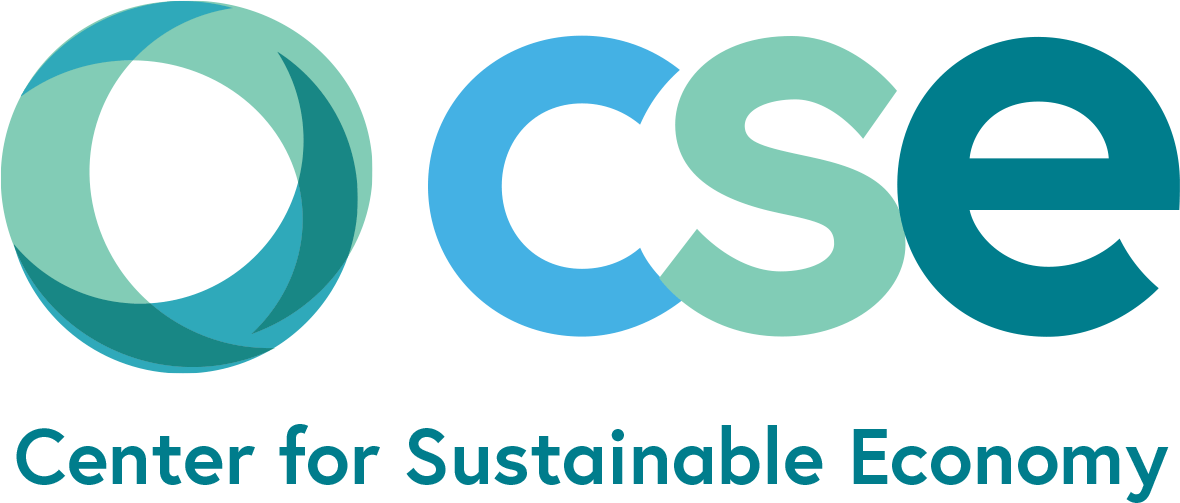If Governor Inslee Doesn’t Like the Heat He Should Stop Authorization Clearcut Logging on Washington’s State and Private Forestlands
John Talberth • July 10, 2021

Last month’s deadly heat wave was a stark reminder that we’re not doing nearly enough to tackle the existential threat of climate change. Atmospheric concentrations of carbon dioxide continue to rise at an increasing rate while erstwhile ‘once-in-a-lifetime’ events like our late June scorching are happening with alarming frequency. And while Governor Inslee is correct is saying that we need to turn up our level of effort, with one of the region’s most notorious climate change culprits – Big Timber – his own level of effort is in exactly the wrong direction.
Governor Jay Inslee is one of the most prominent proponents of mass timber products like cross laminated timber, despite their adverse effects on climate change. Photo by Rajah Bose/InvestigateWest as published in CrossCut.com May 8th 2020.
Governor Inslee, like much of the region’s congressional delegation, has swallowed Big Timber’s big deceptions about logging and climate change hook, line and sinker. We are told fairy tales about how mass timber buildings store carbon better than forests, how burning trees for energy reduces emissions and how widespread logging is needed to reduce wildfire risks. Last spring, it was disheartening to watch Governor Inslee proudly sign ESSHB 2528, proclaiming the logging and wood products sector to be a climate solution rather than the big driver of climate change and climate vulnerability it really is.
The truth is that industrial logging activities are very carbon intensive and keep the land stripped clean of the tall shady forests and big trees we need to minimize the harmful effects of climate change. Trees are half carbon by weight, and when they are chopped down and turned into paper, cardboard, or lumber most of what was once stored in the forest ends up in the atmosphere. Clearcuts left behind emit more carbon than can be sequestered by new seedlings for well over a decade as logging slash decays and soils bake in the sun.
In Oregon, two independent studies found the logging and wood products sector to be the single largest source of GHG emissions. If the carbon intensity factors found by that research (about 7 tons carbon dioxide per thousand board feet harvested) are applied in Washington, it implies that this sector could be the state’s third most carbon intensive, emitting roughly 20 million metric tons CO2 per year.
But emissions are only half the story. The other half is about making our rural communities more vulnerable to climate change. Lands dominated by clearcuts, logging roads, and timber plantations that feed markets for paper, biomass and mass timber products burn hotter and faster than the natural forests they’ve replaced. They produce less water for drinking and other downstream uses. Waters that do keep flowing are warmer, often proving lethal to salmon. During the rainy season, they are more susceptible to flooding and landslides. And in hot summer months, they don’t cool us off.
In fact, they get scary hot – much hotter than official measurements. Like hot sand or pavement in full sun, soil surface temperatures in exposed clearcut units frequently exceed 130 degrees Fahrenheit and bake soils to a depth of over a foot and a half. Readings up to 188 degrees have been recorded. Satellites captured land temperatures of 156 degrees in parts of Washington during the June heat wave. Under these conditions, seedlings die and those that don’t stop growing. In contrast, the cool interiors of older natural forests are able to protect soils from this heat, maintain growth, and keep air temperatures thirty to forty degrees lower. Nature’s AC is hard to beat. To keep Washington cool and our forests productive, we need more of these groves and far fewer clearcuts.
This means setting aside state forestlands as forest carbon reserves where big trees are allowed to grow and capture more carbon per acre than anyplace else on Earth. It means stopping the routine approval of harmful clearcuts without any consideration of climate impacts. It means modernizing forest practices to make climate smart techniques like long rotations, alternatives to clearcuts and ecological forestry the law.
Solutions abound, and a recent publication by the Forest Carbon Coalition contains a more complete menu. But as long as Governor Inslee is embracing Big Timber’s version of ‘toxic sludge is good for you’ we’ll make little progress in bringing these climate smart practices to scale. For a man who is complaining about the heat, Governor Inslee should be promoting a cool forest agenda for the state rather than finding ways to spread more scorched earth clearcuts across the landscape.
Dr. John Talberth is President and Senior Economist for the Center for Sustainable Economy and Co-Director of the Forest Carbon Coalition. He is based in Port Townsend, Washington.


